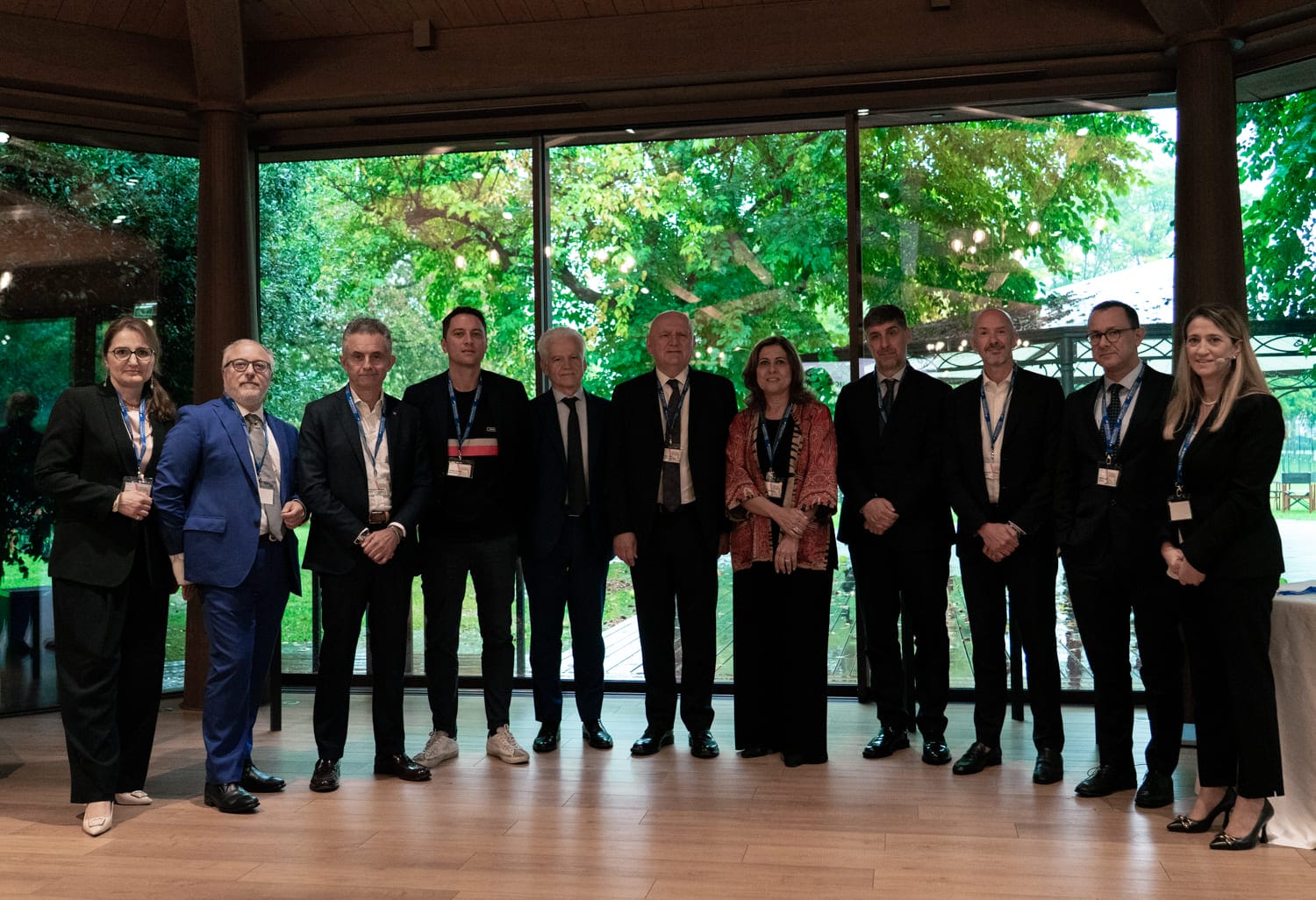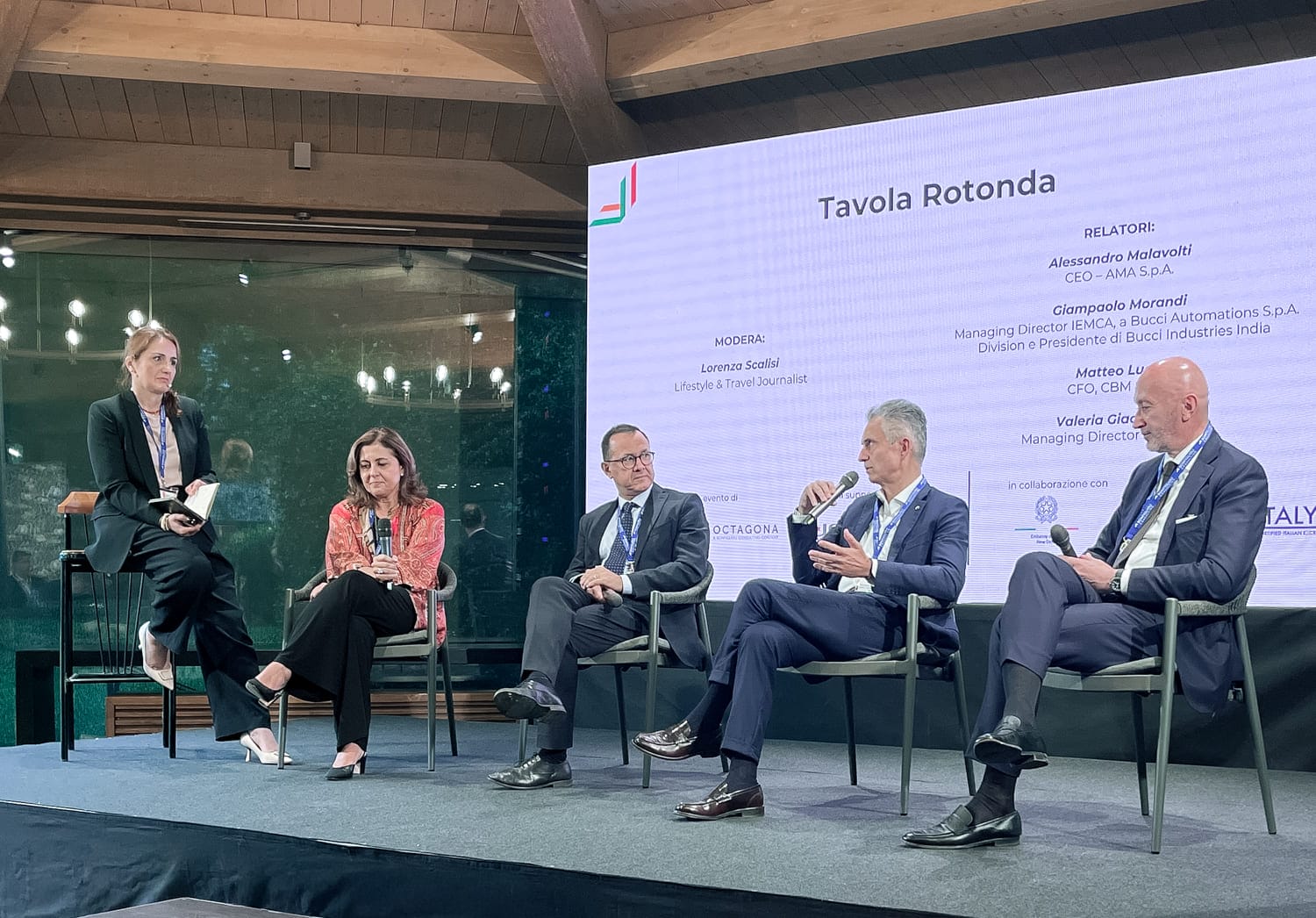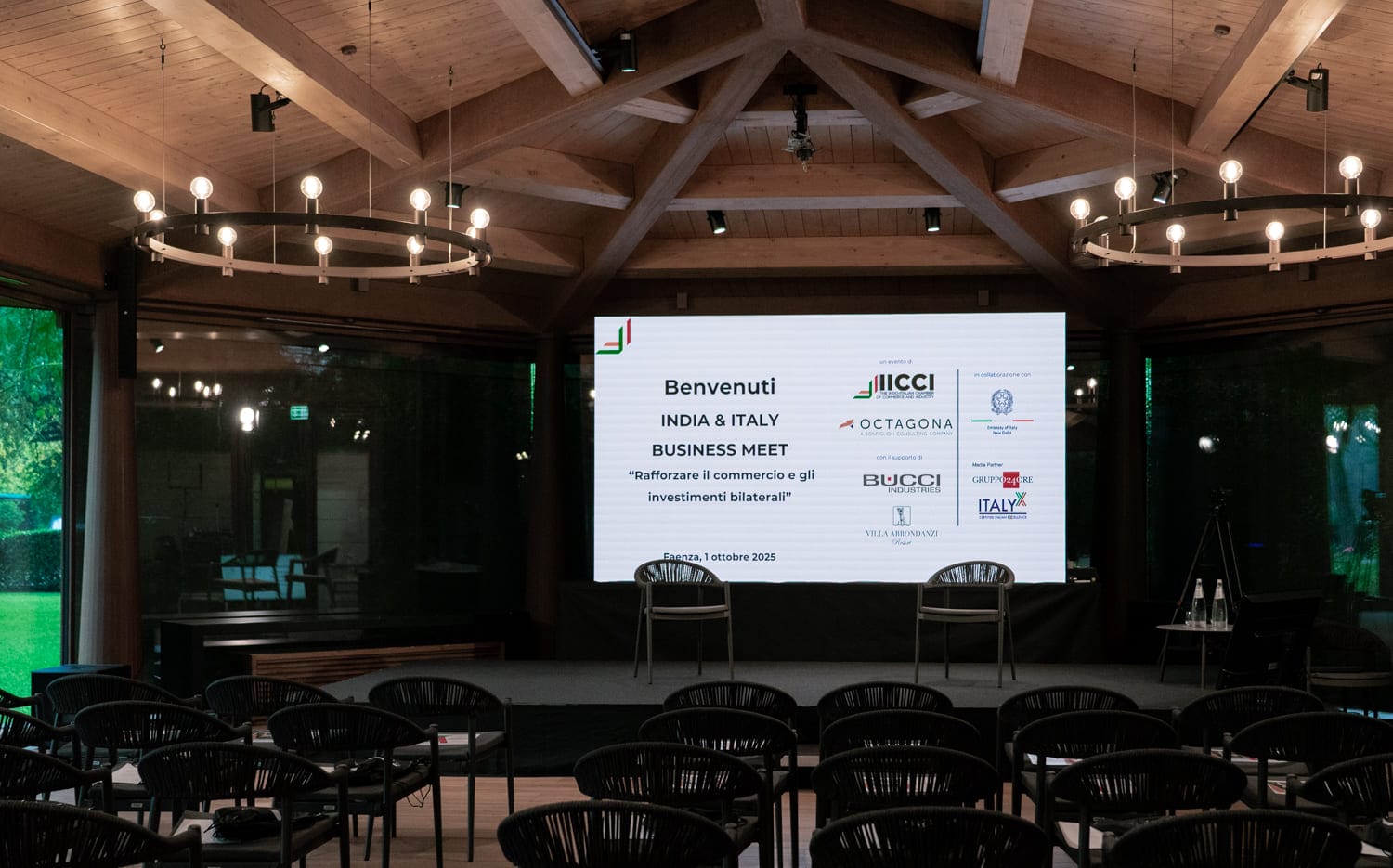
Internationalization strategies in India: lessons and visions from India & Italy Business Meet
Summary
The article summarizes the main lessons that emerged during the “India&Italy Business Meet” event, outlining a strategic framework for Italian companies wishing to operate successfully in the Indian market. Starting with an analysis of the macroeconomic context-characterized by huge demographic potential, a booming middle class, and record bilateral trade with Italy-the central message is highlighted: thehe key to success lies in an entrenched and localized presence, which involves manufacturing locally for the local market, adapting products to Indian standards, and bringing in local management to overcome cultural and operational barriers.
The heart of the analysis is based on the direct testimonies of entrepreneurs, who point out that an approach based on export alone is doomed to failure.
Sector-specific challenges are then examined-from duties and complex certifications in mechanics, to fragmented distribution in luxury, to complex regulations in agribusiness-and the crucial importance of understanding India's negotiating culture, based on personal relationships and patience.
The article also discusses the support tools available, such as SIMEST's “India Measure,” a subsidized loan designed to support structured investments, and ITALYX certification, a tool for communicating the value of Made in Italy and differentiating from price-based competition.
India is no longer a future promise, but an inescapable economic reality. A demographic giant with unstoppable energy, driven by a young population and a sharply rising middle class. For Italian companies, this market represents not only an export opportunity, but a strategic imperative for global growth. It is also true that approaching India with the mindset and tools of the past is a recipe for failure. This is the strong and unanimous message that emerged during the event “India&Italy Business Meet”, an occasion where institutions and entrepreneurs shared concrete experiences, outlining a new paradigm for success.
The big picture: why India now?
Understanding the scale and dynamism of India is the first step. As outlined by the Indo-Italian Chamber of Commerce (IICCI) and Alessandro Fichera, CEO of Octagona, macroeconomic data paint an unprecedented picture of opportunity. With a population of more than 1.46 billion and a median age of only 29, the’India enjoys a “demographic dividend” that will sustain domestic demand and labor supply for decades. By 2030, it is estimated that nearly one in two households will belong to the upper-middle income bracket, creating a pool of more than 10 million consumers with a high propensity to purchase “Made in Italy” products.
This social transformation is supported by an ambitious economic policy agenda, with initiatives such as “Make in India”, “Digital India” and massive investment in infrastructure and energy transition. For Italy, this development has already translated into a record bilateral interchange of around €14 billion, with exports driven by capital goods (over €2.5 billion) and significant growth in consumer goods (+28% in 2024 vs 2021). With some 828 Italian companies already in the territory, it is clear that the path is set. But how to walk it successfully?
From export to entrenched presence: the paradigm shift needed
The testimony of the entrepreneurs present at the panel discussion was emblematic and challenged the idea that India can be approached as merely an export market. Giampaolo Morandi, managing director of IEMCA (Bucci Group), defined business in India as “practicing an extreme sport,” pointing out that classic export logic is bound to fail.
The experience of Alessandro Malavolti, CEO of AMA SPA, is an illuminating case study. Present in India for 30 years, the company initially attempted to replicate the Italian organizational model, an attempt that turned out to be a “failure.” The turning point came with a radical decision: hire an Indian CEO and fully immerse itself in the local mentality, times and ways. Production itself had to be rethought: to be competitive in the Indian market, a product designed for European standards could not be sold. It was necessary to produce locally, adapting the product to the standards and expectations of the Indian market, which are “definitely lower” in certain areas of mechanics. The lesson is clear: for sell in India, one must produce in India, according to Indian logic. This shift from a product-centric to a market-centric view is at the heart of effective internationalization strategies in India.
Operational challenges: duties, distribution and culture
Each sector presents unique opportunities, but also specific obstacles that must be addressed with clarity.
- Machinery and equipment: demand is sustained, but price sensitivity is very high. Italian companies must value Total Cost of Ownership (TCO) to justify a premium price. The barriers are not only duties (up to 10%), but also complex certifications (BIS) and the need to ensure widespread after-sales service, even in second- and third-tier cities.
- Furniture, fashion and luxury: Made in Italy is a huge asset, but it faces high duties (about 30% for furniture) and fragmented distribution. The winning strategy is not to rely on a single national importer, but to build a network of regional dealers and invest in brand awareness to communicate premium positioning.
- Agribusiness and cosmetics: Italian cuisine is loved, but the cold chain and complex regulations (labeling, varying excise taxes by state) are significant obstacles. For cosmetics, duties approach 49%. In both cases, the key is to select reliable distribution partners with multi-city coverage.
Added to these sectoral challenges are cultural ones. Negotiation in India is an art based on personal relationships, respect for hierarchies, and endless patience. Negotiations are lengthy, decisions often involve top management, and the tendency not to say “no” outright requires constant checking of alignment. As pointed out by Matteo Lugli, CFO of CBM SpA, the presence of an Italian person on site is essential to build the “one-to-one” relationship that facilitates business and creates bonds of trust.
The supporting tools: financing growth and certifying value
Tackling such a complex market requires not only strategic vision, but also the right financial and marketing tools. The intervention of SIMEST illustrated how Italian institutions are responding to this need. The new “India Measure” of the 394 Fund is not just a loan, but a tool designed specifically for the challenges of the Indian market. With a ceiling of 200 million euros, it offers low-interest financing with a non-repayable portion of up to 20% for innovative or Southern SMEs.
Its structure is particularly clever: it mandates that at least 60% of expenditures be for capital investments (machinery, technology, facility upgrades), while up to 40% can be used for essential operating expenses such as certifications, consulting, showroom rentals, marketing, and, most importantly, training and hiring local staff. This facility allows funding for exactly the kind of structured entry that entrepreneurs have indicated is needed, supporting both physical investment and local skills development.
In parallel, to compete in a market where price is a critical factor, communicating the intrinsic value of Made in Italy becomes essential. This is where an initiative like ITALYX, the certification of “Italian-ness” promoted by Il Sole 24 Ore and Confindustria. Going beyond the simple “Made in Italy” label, ITALYX evaluates the company as a whole-from design to manufacturing, from supply chain to intellectual property. For a company presenting itself in India, this certification becomes a tangible tool to differentiate itself, justify a premium positioning and strengthen credibility towards partners and customers, countering competition based solely on price.
Lessons from the field: the voices of entrepreneurs
The direct experiences of entrepreneurs offered valuable lessons and operational advice. Valeria Giacomoni, managing director of SICA S.p.A., emphasized the importance of human capital. To retain employees in an environment of high mobility and logistical difficulties (such as Mumbai traffic), the company has invested in concrete benefits such as apartments, transportation, and health insurance, creating a family-friendly work environment. This investment in people, combined with ongoing training, transforms employees into proud and loyal resources.
Matteo Lugli di CBM recounted how their Indian venture grew out of a struggling joint venture, which was revived thanks to a strategic partner and targeted investments that led to the opening of two factories. For them, India has also become crucial in countering the crisis of the manufacturing supply chain in Italy by producing basic components at competitive costs. His words confirm Fichera's position: to be successful, an adequate financial and time commitment is needed, with a horizon of 5-10 years. Internationalization strategies in India cannot be based on spot initiatives.
A strategic marathon based on vision, execution and culture
The message of the ’India&Italy Business Meet“ is unequivocal: India is a marathon, not a sprint. Success does not come from applying prepackaged formulas, but from an integrated approach based on three fundamental pillars.
- Strategic vision: move away from customer-supplier logic and think in terms of long-term partnerships, continuous investment and a deep-rooted presence in the territory.
- Localized execution: adapt the product, organizational model and value chain to the local context. This means producing in India for India, hiring local management, and building a network of regional partners.
- Cultural intelligence: invest time and energy in understanding Indian relational, negotiation, and management dynamics. Trust and respect are the most valuable currency.
Le internationalization strategies in India require courage, patience and a profound change in mindset. For Italian companies, the potential is immense, but the path is complex. Relying on experienced partners is not this point an option, but a necessity. Octagona, with its many years of experience, supports companies on this path, providing targeted and pragmatic internationalization consulting for businesses, which becomes the strategic asset to turn potential into concrete and lasting success. India awaits, but it awaits prepared businesses.




